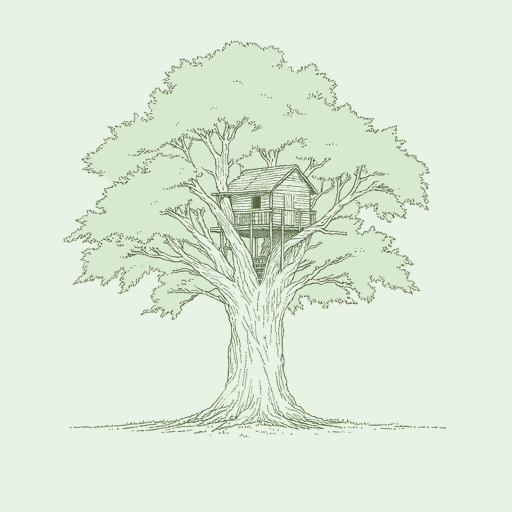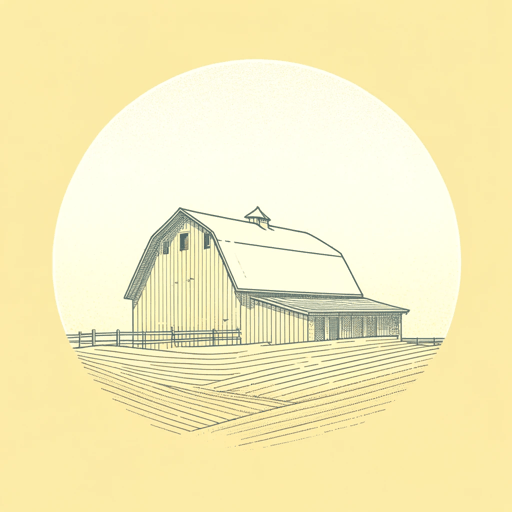59 pages • 1 hour read
Diane ChamberlainThe Last House on the Street
Fiction | Novel | Adult | Published in 2022A modern alternative to SparkNotes and CliffsNotes, SuperSummary offers high-quality Study Guides with detailed chapter summaries and analysis of major themes, characters, and more.
Symbols & Motifs
Hockley House and Kayla’s House
Content Warning: This section of the guide discusses racism and racist violence.
Chamberlain uses houses as symbols of the two epochs that she describes in the story. Her descriptions of the houses elucidate the distinction between these two periods. The Hockley house, a grand two-story structure with a rocking chair front porch, embodies the gentility of the South as it existed between the Civil War and the onset of the civil rights movement. Kayla remarks that the porch appears to be a constant invitation to sit and enjoy sweet tea. Ellie, when she comes home after leaving the SCOPE team, remembers that the house smells pleasantly of citrus and mildew. Most descriptions of the Hockley house, in both timelines, include people arguing over their personal ideals, emphasizing the house’s symbolism of older ideals that clash with new ones. In the 2010 timeline, Kayla notes that—as attractive as she finds the house—it is not a style that she would ever design. The new residents of the Shadow Ridge development, she notes, will consider it an abomination. The Hockley house embodies the 1965 narrative and has become out of step in the 2010 narrative.
Related Titles
By Diane Chamberlain



